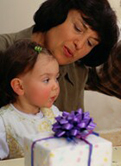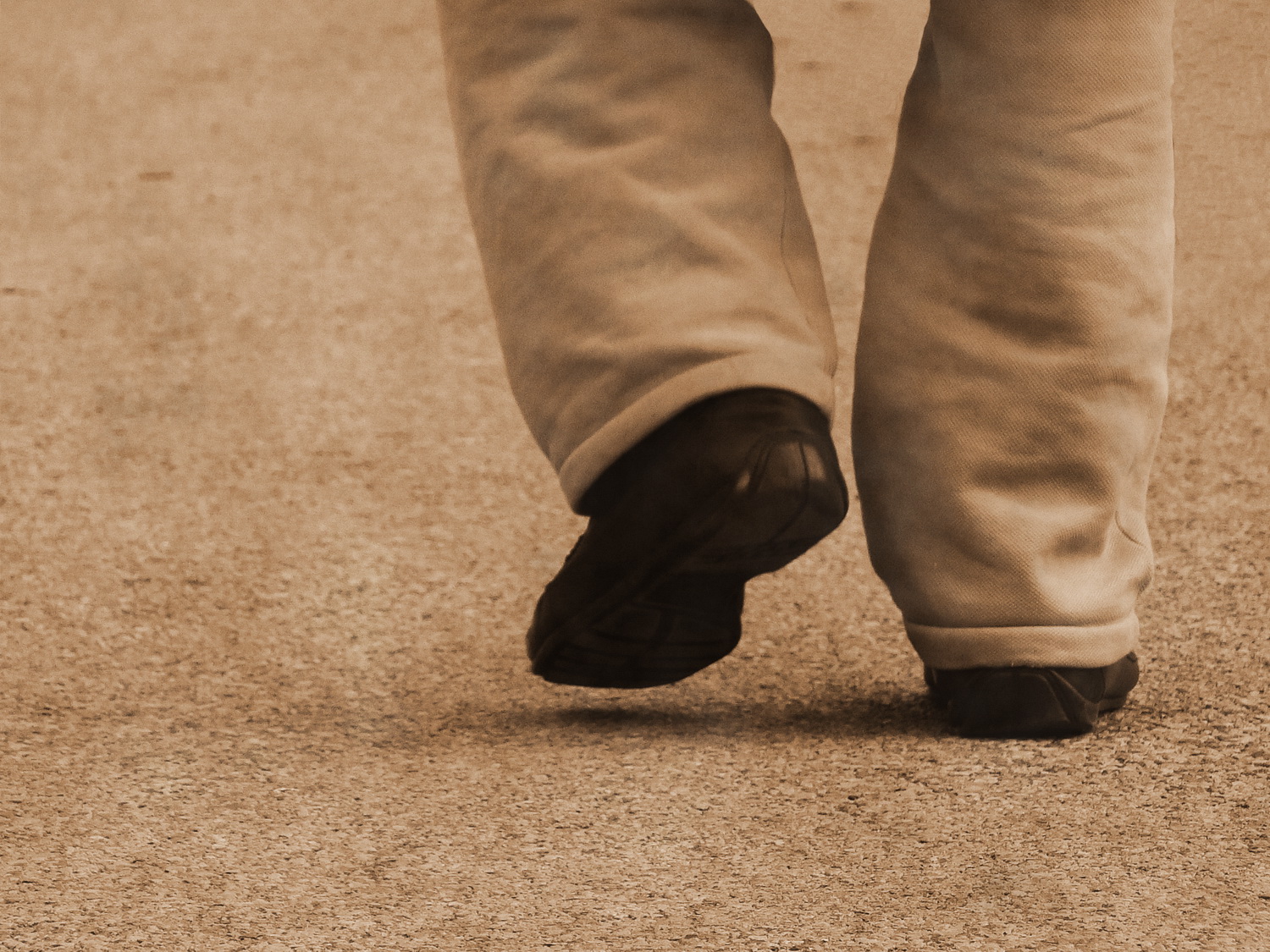
MONDAY, Sept. 6 (HealthDay News) — When given the choice to gaze at geometric patterns or children dancing and playing, toddlers with autism spent more time looking at the patterns while typically developing toddlers preferred to look at other kids, a new study finds.
The finding could be another clue to helping doctors and parents spot the disorder early, when treatment can be most effective, experts said.
In the study, researchers showed 110 toddlers ages 14 months to 3.5 years old two video screens, each of which was simultaneously playing a one-minute video. One video was of “screensavers” that featured moving geometric shapes and patterns; the other video was of children dancing, jumping, smiling and playing.
About 37 of the children had either been diagnosed with an autism spectrum disorder or were later diagnosed with an autism spectrum disorder; 22 of the children had another developmental delay, while 51 were developing in the usual way.
While children viewed the videos, researchers used an “eye tracker” — a tiny infrared beam bounced off the lens of the toddlers’ eyes — to measure where the children focused their gaze.
About 40 percent of children who had been diagnosed with autism or who were later diagnosed with autism spent more than half of the time staring at the geometric patterns, while only one (less than 2 percent) of the typically developing toddlers preferred the geometric patterns.
About 9 percent of children with developmental delays preferred the geometric patterns.
All of the children who showed the strongest preference for the geometric pattern — that is, they gazed at it more than 69 percent of the time — had autism, according to the study.
“Only autistic babies looked at the geometric patterns more than 69 percent of the time. No normal babies did at all,” said lead study author Karen Pierce, an assistant professor of neuroscience at University of California, San Diego, and clinical research director at the UCSD Autism Center of Excellence. “It’s pretty clear that showing heightened interest in geometric patterns and repetitive moving objects is a risk factor for autism.”
The study is published online Sept. 6 in the Archives of General Psychiatry.
Autism is a neurodevelopmental disorder characterized by problems with social interaction, verbal and nonverbal communication and restricted interests and behaviors.
While many children are not diagnosed until after age 3, interest is growing in uncovering the early signs of the disorder so that children can receive treatment sooner, when it may be the most beneficial, said Rebecca Landa, director of the Center for Autism & Related Disorders at Kennedy Krieger Institute.
She said it would be valuable to follow the 60 percent of autistic children who did not show a preference for the geometric patterns at the time of the study, to determine if later on they did, or if they continued to prefer the more social images.
Another question is whether early intervention would cause the autistic children to become more social, she added.
“It’s a really neat study, and the findings make a lot of sense,” Landa said. “Autism is heterogenous. Some with autism are aloof. Others with autism are social, but they are socially unusual in their behavior. There is still a lot more digging that needs to be done to understand the children in the autism spectrum disorder group that didn’t prefer the geometric patterns.”
While there is no one sign that’s a clear indicator of autism, parents may want to pay attention if they notice their toddlers fixated on things like spinning fans for long periods of time, or spinning the wheels of a toy car, or flicking the eyelids of a baby doll, or other repetitive behaviors, Pierce said.
The study also found that autistic children had fewer saccades, or eye movements, while looking at the geometric patterns than the normally developing children did while looking at the social images. “It was as if the patterns had a hypnotic effect,” Pierce said.
On the other hand, when looking at the social images, the autistic kids had more saccades than the normally developing or developmentally delayed toddlers.
The UCSD finding comes on the heels of another study, released Friday by Landa’s team at Kennedy Kreiger, that also looked at the early signs of autism. It found that infants at high risk of autism were less likely to spontaneously look at their parents than other infants.
In the study, Landa and her colleagues observed 25 six-month-old babies who had an autistic sibling and 25 infants with no family history of autism.
Infant siblings of children with autism are 25 times more likely to develop autism, according to the study in the September issue of the Journal of Child Psychology and Psychiatry.
Both sets of infants were equally likely to look at their parent when the parent tried to get their attention, Landa said.
But the babies at high risk of autism were less likely to look over at their parents when unprompted and spent more time fixated on toys or a joystick used in the experiment.
“This is about social initiation,” Landa said. “The baby siblings of children with autism looked less often and with less duration. It’s something parents should keep an eye on.”
More information
There’s more on autism at the U.S. National Institute of Neurological Disorders and Stroke.

